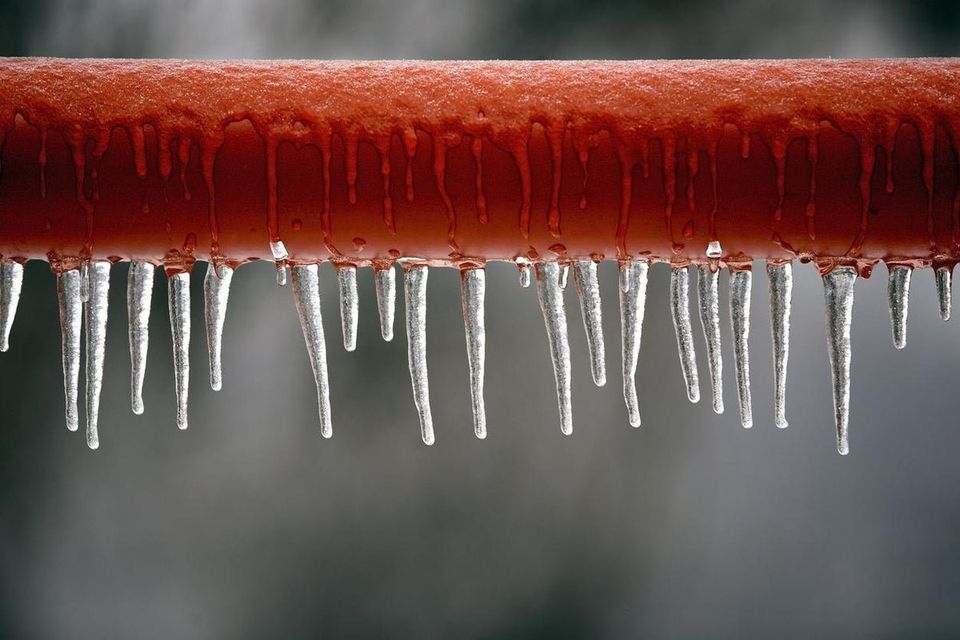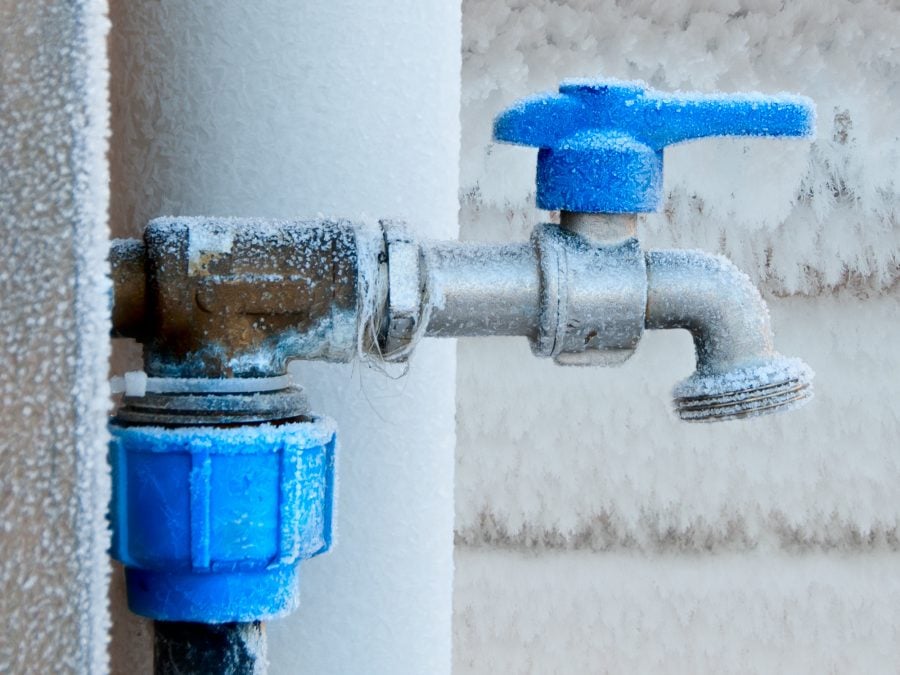Preventing Frozen Pipes in Cold Weather: Essential Advice
Preventing Frozen Pipes in Cold Weather: Essential Advice
Blog Article
They are making several good pointers relating to Prevent Frozen Pipes in general in this post on the next paragraphs.

Winter can damage your pipes, particularly by freezing pipelines. Here's just how to avoid it from taking place and what to do if it does.
Intro
As temperature levels decrease, the threat of frozen pipelines increases, potentially leading to pricey repairs and water damages. Recognizing how to avoid frozen pipelines is essential for house owners in cold climates.
Comprehending Frozen Pipes
What causes pipes to ice up?
Pipes freeze when subjected to temperature levels listed below 32 ° F (0 ° C) for extended durations. As water inside the pipelines freezes, it broadens, taxing the pipeline wall surfaces and potentially creating them to break.
Threats and damages
Icy pipelines can cause supply of water disturbances, property damages, and expensive repair services. Burst pipelines can flood homes and cause extensive architectural damage.
Indications of Frozen Pipeline
Identifying frozen pipes early can stop them from breaking.
Exactly how to identify icy pipelines
Search for reduced water flow from taps, uncommon odors or sounds from pipes, and visible frost on revealed pipelines.
Prevention Tips
Insulating prone pipes
Cover pipelines in insulation sleeves or utilize heat tape to safeguard them from freezing temperature levels. Focus on pipelines in unheated or outside areas of the home.
Home heating methods
Maintain interior areas effectively heated up, particularly locations with plumbing. Open up cabinet doors to enable cozy air to circulate around pipelines under sinks.
Shielding Outdoor Plumbing
Garden hoses and outdoor faucets
Detach and drain pipes garden tubes before winter season. Install frost-proof spigots or cover outside faucets with protected caps.
What to Do If Your Pipelines Freeze
Immediate actions to take
If you think icy pipes, maintain faucets open up to soothe stress as the ice thaws. Use a hairdryer or towels taken in hot water to thaw pipelines gradually.
Long-Term Solutions
Structural modifications
Take into consideration rerouting pipes away from exterior walls or unheated areas. Add additional insulation to attic rooms, basements, and crawl spaces.
Upgrading insulation
Buy premium insulation for pipelines, attics, and walls. Correct insulation aids keep consistent temperatures and lowers the threat of icy pipes.
Final thought
Avoiding icy pipelines requires proactive measures and quick feedbacks. By comprehending the reasons, indications, and preventive measures, home owners can shield their plumbing throughout cold weather.
6 Proven Ways to Prevent Frozen Pipes and Protect Your Home
Disconnect and Drain Garden Hoses
Before winter arrives, start by disconnecting your garden hoses and draining any remaining water. Close the shut-off valves that supply outdoor hose bibs and leave the outdoor faucet open to allow any residual water to drain. For extra protection, consider using faucet covers throughout the colder months. It’s also important to drain water from any sprinkler supply lines following the manufacturer’s directions.
Insulate Exposed Pipes
Insulating your pipes is an effective way to prevent freezing. Pipe insulation is readily available at home improvement stores and is relatively inexpensive. Pay close attention to pipes in unheated areas such as the attic, basement, crawl spaces, or garage. Apply foam insulation generously to create a buffer against the cold. You can also wrap your pipes in heat tape or thermostat-controlled heat cables for added warmth.
Seal Air Leaks
Inspect your home for any cracks or openings that could let in cold air. Seal any holes around the piping in interior or exterior walls, as well as the sill plates where your home rests on its foundation. Additionally, make sure to keep your garage door closed unless you’re entering or exiting. Leaving it open creates a significant air leak that can lead to frozen pipes.
Allow Warm Air Circulation
During cold snaps, it’s essential to allow warm air to circulate evenly throughout your home. Leave interior doors ajar to promote better airflow. Open kitchen and bathroom cabinets to help distribute heat consistently around the rooms. If you have small children or pets, be sure to remove any household chemicals or potentially harmful cleaners from open cabinets for safety.
Let Faucets Drip
A small trickle of water can make a big difference in preventing ice formation inside your pipes. When temperatures drop significantly, start a drip of water from all faucets served by exposed pipes. This continuous flow helps prevent the water from freezing. Additionally, running a few faucets slightly can relieve pressure inside the pipes, reducing the chances of a rupture if the water inside does freeze.
https://choateshvac.com/6-proven-ways-to-prevent-frozen-pipes-and-protect-your-home/

As a keen person who reads on Helpful Tips to Prevent Frozen Pipes this Winter, I think sharing that piece was a smart idea. You should take a moment to promote this write-up if you enjoyed reading it. Thanks a lot for being here. Don't forget to pay a visit to our blog back soon.
Source This Article Report this page